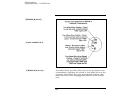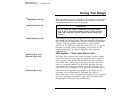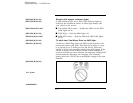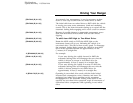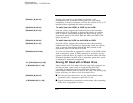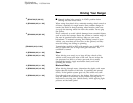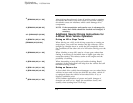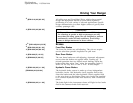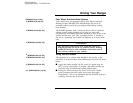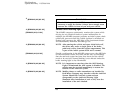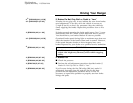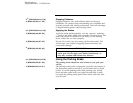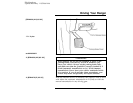
176
*
[DR20500(ALL)11/89]
After driving through mud, clean off residue stuck to rotating
driveshafts and tires. Excess mud stuck on tires and rotating
driveshafts causes an imbalance which could damage drive
components.
*
[DR20525(ALL)06/95]
NOTE: If the transmission and transfer case is submerged in
water, their fluids should be checked and changed, if
necessary.
%
*
[DR20600(R )05/89] Additional Special Driving Instructions for
4-Wheel Drive Vehicle Operators
*
[DR20701(ALL)11/89]
Driving on Hill or Slope Terrain
[DR20800(ALL)08/94]
When driving on a hill, avoid driving crosswise or turning on
steep slopes, you could lose traction and slip sideways. Drive
straight up, straight down or avoid the hill completely. Know
the conditions on the other side of a hill before driving over the
crest.
*
[DR20900(ALL)11/89]
When climbing a steep hill, start in a lower gear, rather than
finding it necessary to downshift from a higher gear after the
ascent has started. This reduces strain on the engine and the
possibility of stalling.
*
[DR21000(ALL)11/89]
When descending a steep hill avoid sudden braking. Rapid
pumping of the brake pedal will help slow the vehicle and still
maintain steering control.
*
[DR21101(ALL)11/89]
Driving on Snow or Ice
*
[DR21200(ALL)10/90]
A four-wheel drive vehicle has advantages over two-wheel drive
vehicles in snow and ice but can skid like any other vehicle. If
so equipped, keep the vehicle in four-wheel drive if icy or
slippery conditions exist.
*
[DR21300(ALL)11/89]
Avoid sudden applications of power and quick changes of
direction on snow or ice. Apply the accelerator slowly and
steadily when starting from a full stop.
File:10undrr.ex
Update:Wed May 1 13:52:06 1996



